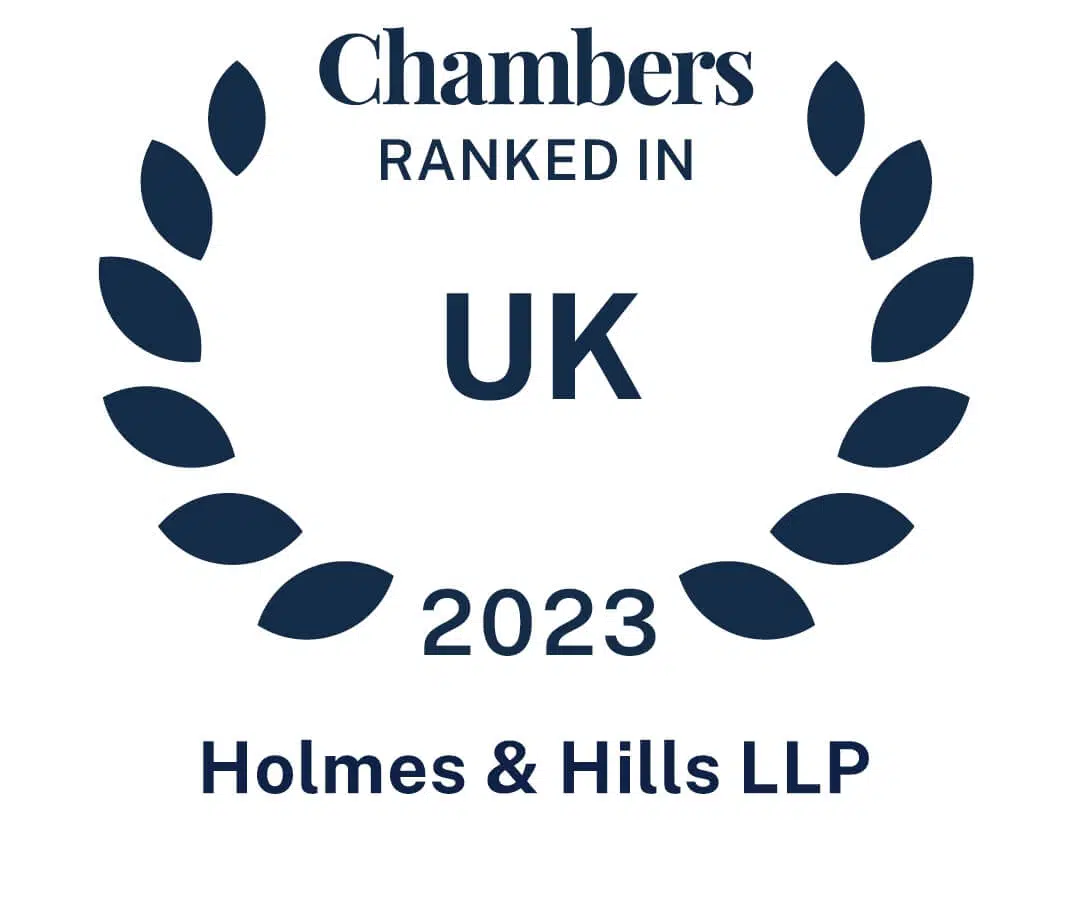In this guide, trainee commercial solicitor, Sophie Perry discusses the stages and considerations involved in selling your shares in a limited company. She discusses the importance of considering your personal liabilities in respect of warranties and indemnities under the transactional documents.
The Share Purchase Agreement (SPA) is the main transactional document, and it is commercially standard for Seller(s) to provide within this document a set of warranties. Warranties are statements of facts/assurance provided from the Seller(s) to the Buyer(s), essentially a contractual promise. Depending on the purchase price and nature of the transaction, the set of warranties provided can cover various aspects in relation to the company (including but not limited to; shares, corporate documentation, consents, compliance, insurance, disputes, investigations, defective products/services, contracts and trading, finance and guarantees, accounts, assets, property, and tax). These warranties can be quite onerous on the Seller, especially if post completion they are found not to be true and accurate as provided.
An indemnity is a promise by the Seller to indemnify and reimburse the Buyer in respect of any loss or liability it incurs due to a specified trigger event. Usually during the legal due diligence stage of a transaction, if a specific issue is identified, then the Buyer may request an indemnity to cover this issue as it is a known risk.
The risk for the Seller is that if post-completion the Buyer identifies any issues within the company, that a warranty covers and the Buyer suffers a loss as a consequence to the value of the business or company shares, then the Buyer may be entitled to bring a breach of warranty claim for that loss against the Seller.
Please note, there is a high threshold for a Buyer to make a claim under the warranties. There is a duty on the Buyer to prove any losses in the first instance and any loss in the value of the business. The Buyer also has a duty to mitigate any losses i.e., a Buyer is required to take steps to minimise its loss and avoid unreasonable steps to increase its loss (although it would depend on the exact wording within the SPA).
If the claim is in relation to a specific indemnity provided by the Seller within the SPA, then the Seller is liable to reimburse the Buyer on a £ for £ basis.
The risk for the Seller can be quite onerous depending on the level/type of warranties and indemnities within the SPA. Therefore, to limit the Seller’s liability there are various options available which the Seller’s solicitor can put forward and negotiate, some of which are described below.
There are several ways to reduce the Seller’s liability in relation to warranties and indemnities, which are negotiable between the parties and are often one of the more contentious aspects of the transaction and as a result can cause delays due to these ongoing or prolonged negotiations.
Therefore, we would advise having a clear set of Heads of Terms (drafted by a solicitor) that provide sufficient detail to try to alleviate the level of negotiations required in this respect.
To limit a Seller’s liability under the warranties, firstly the Seller should carefully read each warranty and ascertain whether it is true and accurate, i.e., can they provide the warranty in the first instance?
Upon identifying warranties that the Seller is not able to provide, depending on the reasons why, it could be appropriate to suggest deleting the warranty, however, the Buyer may not agree with this approach. So, if not, then the Sellers can disclose against specific warranties. Disclosure will be in the written form of a disclosure letter and an associated bundle of documents evidencing the disclosures.
The effect of disclosure is that a fully disclosed issue is then deemed to be within the knowledge of the Buyer, therefore prohibiting them from bringing a breach of warranty claim in the future. Again, the disclosure letter is negotiated between the parties until an agreement is reached.
Warranties and indemnities can be limited to a certain period of time following completion. For general warranties and indemnities, it is commercially standard for these time limits to vary from one to three years, anything beyond three years is generally considered to be unreasonable. However, for tax warranties, tax indemnities and tax covenants it is commercially standard to have these limited to seven years as that is the time frame HMRC can review tax and raise an enquiry/investigation.
Maximum cap
A maximum cap on the value of claims bought against the Seller is always advisable, otherwise, you could have a situation whereby a warranty claim is higher than the amount paid for the shares. It is commercially standard to cap the maximum to an amount equal to the purchase price. Sometimes, with larger transactions with a higher purchase price, it is possible to negotiate a cap of perhaps somewhere between 80% to 100% of the purchase price. However, this is a point of negotiation between the parties.
If there is more than one Seller, it is also advisable to have an individual Seller’s financial cap which is limited to not exceed the amount paid for their shares. As the SPA will most likely reference ‘joint and several liability’, an individual Seller would not want to be liable for claims up to the full purchase price if they had not received an amount equal to this for their shareholding.
However, if one of the Sellers is not in agreement to provide the warranties and indemnities, then there are some options, such as:
Minimum threshold – de minimis limit
It is advisable for Sellers to have a minimum financial value for aggregate claims, meaning this amount must be exceeded before any warranty claim(s) can be bought. This avoids the cost and disruptions of very small claims. Setting a de minimis limit is a point of negotiation between the parties, a commercially standard range is approximately 0.5% to 3% of the purchase price.
In some situations, the buyer may suffer a loss for which the seller is liable under the warranties in the SPA in circumstances where recovery may also be made against a third party, such as a contract counterparty or an insurer. To regulate the order of claims in this eventuality, and to eliminate the possibility of double recovery, the seller may seek to include a limitation on liability which:
This approach aims to limit a Seller’s exposure to a warranty claim by qualifying the statement with a degree of awareness, commonly the phrase “So far as the Seller is aware…” is used to preface a warranty statement. This approach aims to ensure the Seller is not bearing the risk of any undisclosed issues that it does or could not know about.
However, again this is another point of negotiation as the Buyer may not be willing to accept qualifications of warranties depending on the nature of the warranty concerned and transactional circumstances. It is sometimes acceptable to the Buyer to accept a qualification in relation to speculative warranties, warranties which look forward, or warranties not within the complete control of the Sellers.
This option limits claims to have occurred only within the Seller’s period of ownership for the company and therefore ensures that post completion the Seller will not be liable for a claim that occurs after their period of ownership. This of course does not alleviate the Seller’s liability for a claim discovered post-completion, only if it occurred post-completion.
The justification being post-completion decisions/events would not be within the Seller’s control. This type of limitation may be acceptable to a Buyer; however, it will form part of the overall negotiations.
With all the above limitation options, naturally, the Seller will want to apply these limitations to both warranties and indemnities. However, a Buyer may argue that due to the specific nature of indemnities (i.e., a £ for £ basis for a known issue/concern within the company) the limitations should not apply to indemnities. Again, another point of negotiation between the parties, as to if each cap or certain caps apply to both warranties and indemnities.
If a Seller has concerns in respect of their liability in relation to warranties and indemnities and the above limitation option negotiations are not as favourable as the Seller may have required, then there is the option of warranty and indemnity insurance.
A Seller could ask their insurance broker for a quote based on the purchase price of the shares and the type of warranties and indemnities to be provided. Please note, that these policies do carry a significantly higher premium due to the risky nature and so may not be applicable to all transactions.
If you are thinking of selling or purchasing a company, please feel free to make enquiries and have an initial discussion with one of our specialist commercial solicitors here at Holmes & Hills Solicitors, who would be happy to assist.






A Mackman Group collaboration - market research by Mackman Research | website design by Mackman